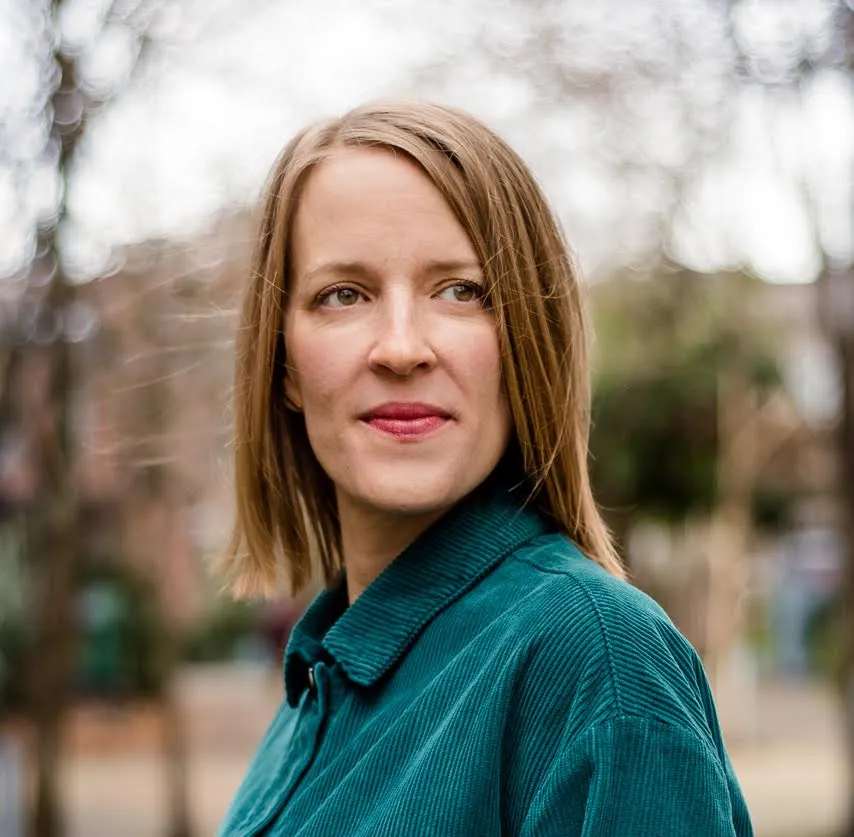Overview
Biography
Erica Dorn is an Assistant Professor of Design and Innovation at Oregon State University. She is the founder of Suburb Futures, a collaborative social design practice focused on building civic infrastructure and fostering equitable, thriving futures in peripheral places. Her current research examines relational design practices aimed at promoting depolarization and belonging in an age of plurality and extremes.
Previously, Erica held senior leadership roles in community economic development, social impact investing, and business and leadership education. In 2015, she co-founded and served as Managing Director of the Etsy Foundation, with a mission to "reimagine commerce in ways that build a more lasting and fulfilling world." Through her social design consultancy, she has led transformational, participatory community development projects that co-design systems for human and more-than-human coexistence and thriving.
She earned her PhD in Transition Design from Carnegie Mellon University, where her dissertation, Relational Design for Transitions within U.S. Suburbs, explores how community-led design can catalyze just transitions in fast-changing suburban and in-between environments. Erica also serves on the Board of Directors for Third Millennium Alliance, a rainforest conservation organization in Ecuador, and is an Alfred Landecker Democracy Fellow. Additionally, she co-created Design in Transition/Diseño en Transición, a bilingual podcast exploring pluralistic approaches to world-making and just futures.
Career Interests
Erica Dorn is an Assistant Professor of Design and Innovation at Oregon State University. She is the founder of Suburb Futures, a collaborative social design practice focused on building civic infrastructure and fostering equitable, thriving futures in peripheral places. Her current research examines relational design practices aimed at promoting depolarization and belonging in an age of plurality and extremes.
She has held senior leadership roles in community economic development, social impact investing, and business and leadership education. Erica earned her PhD in Transition Design from Carnegie Mellon University.
Background
Education
Ph.D.Transition Design, Carnegie Mellon University
B.A. Spanish Language, Literature, and Cultures, Colorado State University
Honors & Awards
Carnegie Mellon University, PhD Merit Award (2024)
Humanity in Action, Senior Democracy Fellow (2020)
